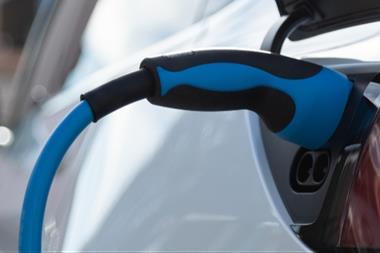The popularity of petrol station loyalty card schemes has been revealed in a new poll commissioned by plastic card manufacturer Plastic Card Services to mark 30 years of UK loyalty card schemes.
While the research revealed that the majority of UK adults have little or no loyalty to car manufacturer, loyalty card schemes on forecourts ranked third behind supermarket and high-street retailers.
It was also revealed that East Midlanders are the highest users of petrol station schemes, with one in six holding a card; their East Anglian counterparts however, were the lowest users, with just one per cent of adults having a card in their wallet or purse.
“In today’s economic client, it’s critical that brands are doing all they can to create loyal customers, but as these survey results suggest, it seems that the automotive sector has some way to go, especially at manufacturer level,” said Rob Nicholls, MD of Plastic Card Services. “As the figures for petrol station schemes indicate, there is an opportunity to drive loyalty within the sector, but to do this, manufacturers need to explore ways to add value to the customer experience, whether that’s by providing improved levels of after sales care, or offering a servicing loyalty card to reward repeat custom.”
This latest survey was completed to mark 30 years since UK consumers were introduced to the first high street-backed store card, with Sainsbury’s Homebase Spend and Save Card in 1982. However, accocrding to Nicholls, it wasn’t until the launch of the Tesco Clubcard in 1995 and the Boots Advantage in 1997, that they became popular en masse. Today, it is believed that 86 per cent of the UK adult population is part of a loyalty card scheme, and on average, consumers carry 3.7 cards in their wallet or purse.






























No comments yet